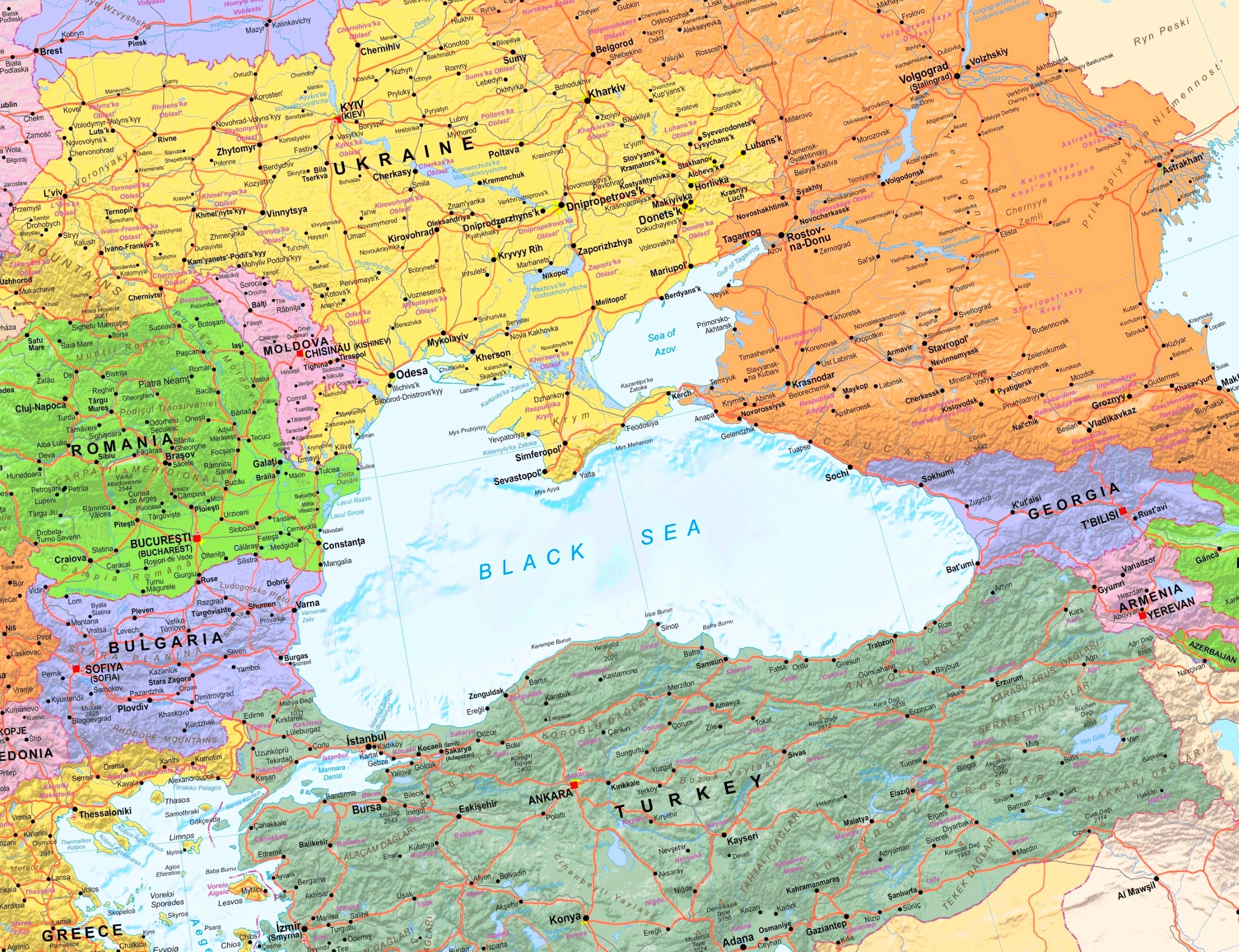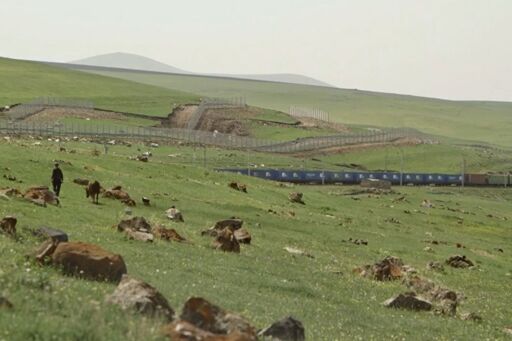From this departure point the documentary soon switches to the Akhalkalaki train station, built as part of the Baku–Tbilisi–Kars (BTK) railway line, the ‘New Silk Road’ meant to connect Europe and Asia. Its significance as the break-of-gauge spot, i.e. the place where railroad widths (in this case, EU and Soviet-inherited gauge sizes) between regions differ and thus need a logistical operation to dock them, cannot be understated. As one interviewee explains, the ability to serve this function means the ‘flourishing of the region. A fairytale could be built there!’ The reality, of course, is a lot more complicated.
In an interview, Aslanishvili said that in her research, she quickly understood that ‘this railway was more than just a way of transporting goods and people. It acted as a means for geopolitical sabotage and for negotiating political relations between Azerbaijan, Georgia, Armenia, and Turkey’. The BTK line was created to bypass the Gyumri station (one of the documentary highlights and the oldest railroad junction in Armenia), blocked by Turkey since the First Nagorno-Karabakh War. The project consequently leaves Armenia out in the cold, depriving it from economic opportunities.


